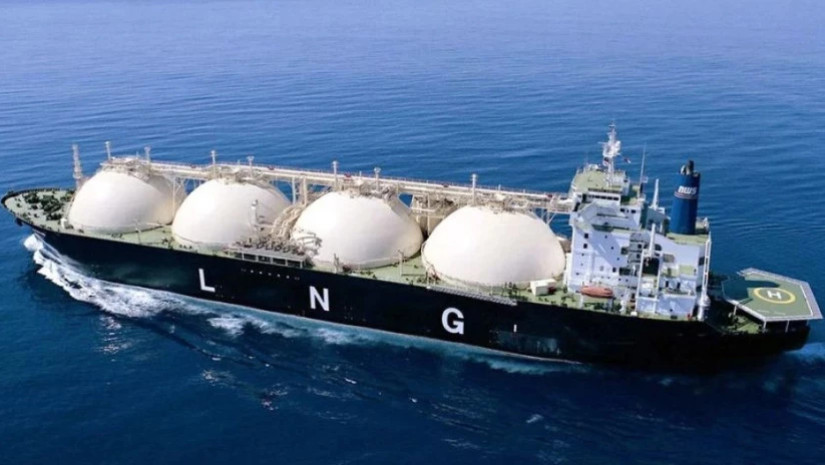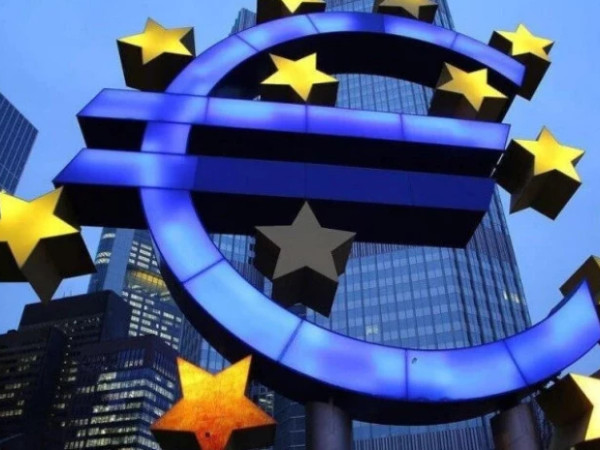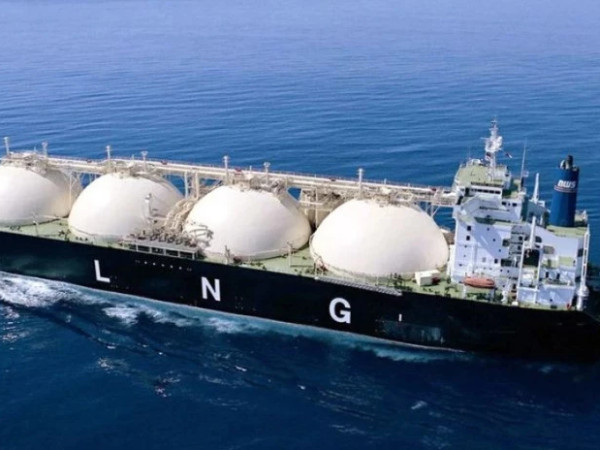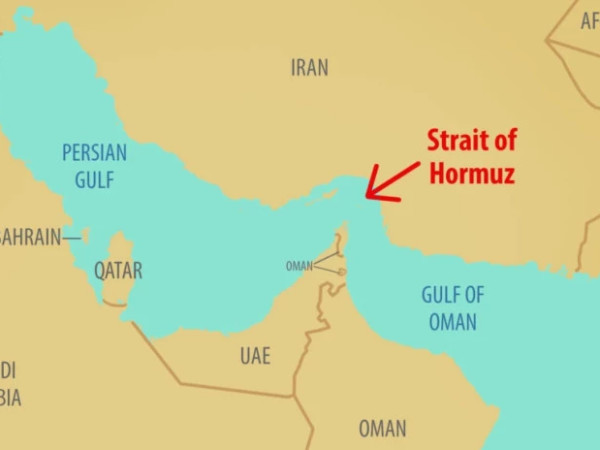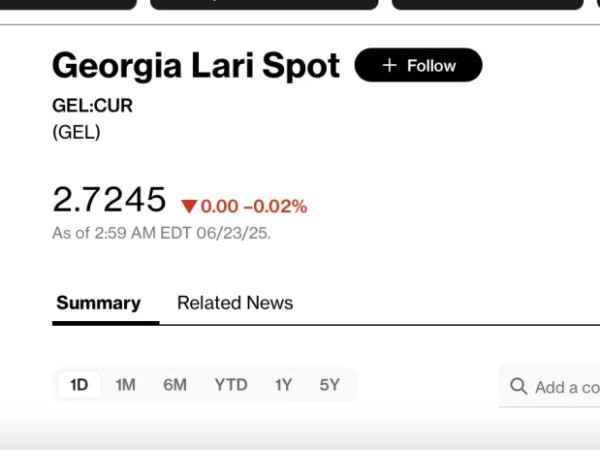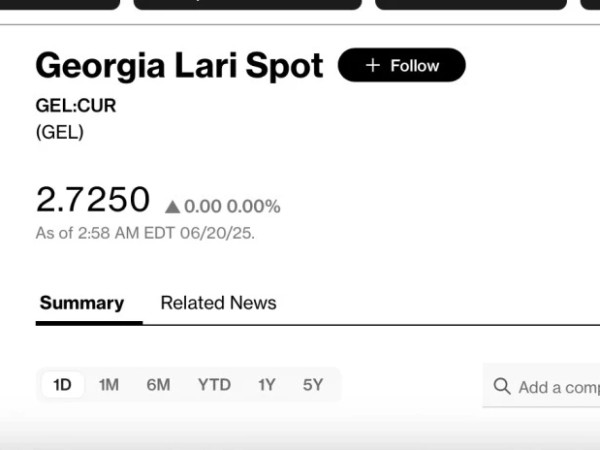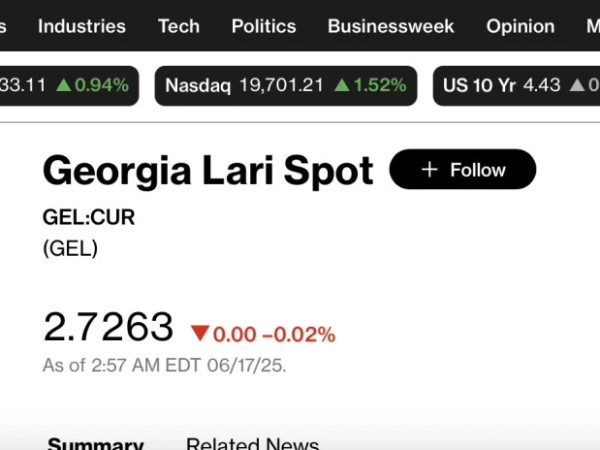The International Energy Agency (IEA) has released a significant report that sheds light on a critical aspect of climate accountability: emissions from the LNG supply chain. As the world increasingly relies on liquefied natural gas, it is essential to understand the environmental consequences associated with this energy source and whether it is indeed "lower-emitting" than coal or renewables.
The report reveals a startling statistic: 350 million tonnes of CO2 equivalent are emitted annually from the global LNG supply chain. This includes carbon dioxide emissions and a substantial portion of methane, a greenhouse gas that is far more potent than carbon dioxide. However, the IEA not only highlights the problems but also presents powerful solutions: over 60% of these emissions can be reduced using currently available technologies. Notably, a large portion of these reductions can be achieved at little to no extra cost.
The report breaks down emissions across every major stage of the LNG journey, from upstream gas production and processing to liquefaction, shipping, and regasification. On average, LNG supply chain emissions amount to just under 20 grams of CO2 equivalent per megajoule of delivered energy. This is significantly higher than the average 12 g CO2/MJ for conventional pipeline gas. Approximately 70% of LNG-related emissions are released as either carbon dioxide through combustion or as waste. The remaining 30% comes from methane leaks or escaping methane, which is crucial to address since it has a much higher warming impact compared to carbon dioxide. While local variations may exist associated with regional and supply path emissions, the overall global picture is clear: LNG is cleaner than coal, but not clean.
One of the most thought-provoking points the IEA makes is about the benchmarking of LNG against coal. Yes, over 99% of LNG consumed in 2024 had a lower lifecycle emissions footprint than coal, and yes, it generates about 25% less emissions on average. But that comparison sets an unfairly low bar. In today’s energy landscape, where affordable technologies exist to significantly cut emissions, LNG producers and consumers alike must aim higher. Simply being “less dirty” than coal is no longer good enough, especially when cost-effective carbon capture solutions and methane leak prevention strategies are readily available.
The IEA lays out a compelling roadmap for action. First, reducing methane leaks could cut annual emissions by 90 million tonnes CO2 equivalent, or 25% of the total, and half of that could be achieved at no net cost. It’s a win-win for companies and the planet. Next, the report recommends reducing flaring at LNG facilities and feed gas fields, which could deliver another 5 Mt CO2-eq in reductions. Improving process efficiency and incorporating carbon capture solutions at liquefaction plants could make even bigger dents in the emissions tally. And for those willing to make a more significant investment, electrifying LNG terminals and upstream facilities using clean electricity could bring down emissions by an additional 110 Mt CO2-eq. The tools are here. It’s now a matter of applying them at scale.
The IEA is not just releasing this report in a vacuum. It was presented by Keisuke Sadamori, the IEA’s Director of Energy Markets and Security, at the 2025 LNG Producer-Consumer Conference in Japan. The global LNG trade plays a vital role in energy security, especially in regions shifting away from coal or oil. But that security cannot come at the cost of unchecked climate damage. For an estimated $100 billion, the LNG industry could reduce its emissions by 60%. It’s a hefty sum, but when viewed against the backdrop of global climate damage and economic losses from extreme weather events, it’s a necessary investment.
This new IEA report turns the LNG discussion on its head. Instead of concentrating on LNG as the cleaner alternative to coal, it challenges governments and energy businesses to take accountability for the entire emissions footprint of LNG. The sector can go through a transformational upgrade today, in fact, the existing technology, can cut LNG supply chain emissions by more than half and put us on a pathway to meet climate targets. The pathway is clear, the technology exists, and the costs are low. It’s time to move from research to action because the world can’t afford for LNG to be a climate lost opportunity.







